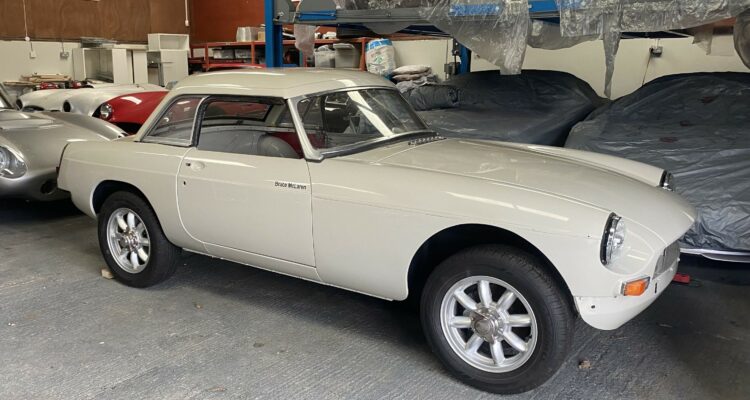Eight is Great – Five V8 Icons
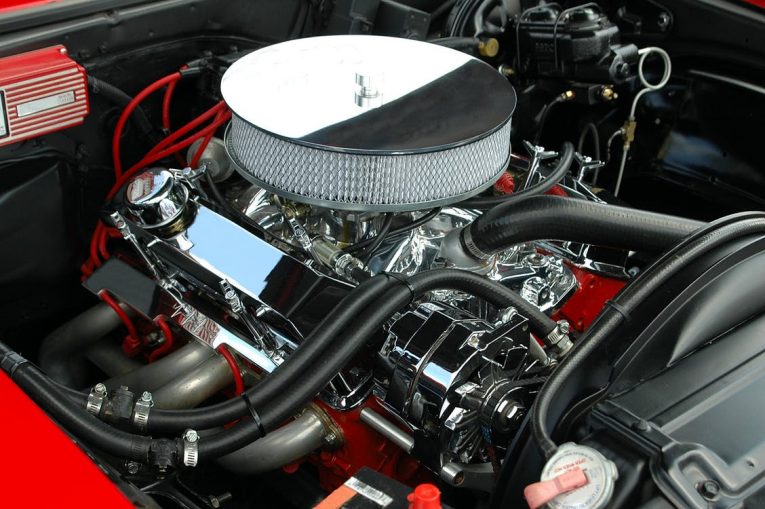
The world of engines is vast and varied. You have four-cylinder engines, three-cylinder engines, six-cylinder engines, turbocharged engines, supercharged engines, air-cooled engines or water-cooled engines. There are engines that can change capacity, there are engines that can recycle their own exhaust gases, the list is endless. To make a name for yourself in the engine world is hard. In fact, it’s near impossible. But be that as it may, there is one engine that shines through. Yes, we are of course talking about the mighty V8.
Say V8 and your mind’s eye conjures up images of hot rods, muscle cars and loud, brash power. The V8 is more than an engine, it’s a symbol. It means freedom and vehiclular self-expression. People have the V8 symbol tattooed on them. Nobody has a tattoo of a four-cylinder engine.
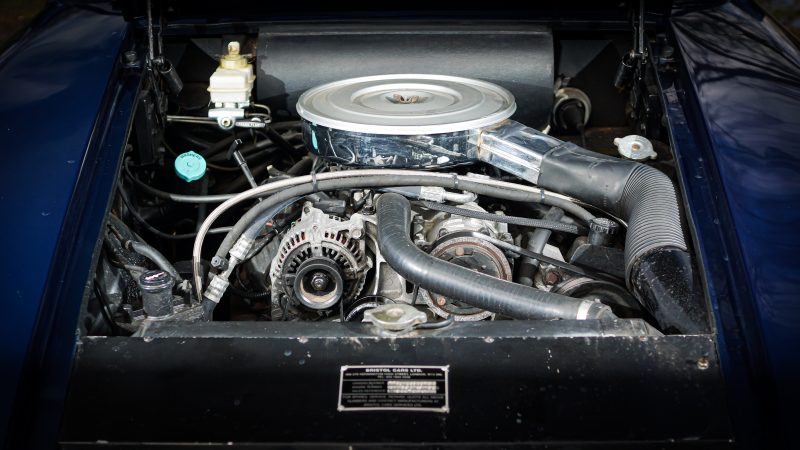
Interestingly though, the V8 engine is not an American invention. Yes, America popularised it with the 1914 Cadillac, and Ford really drove the idea home with its legendary flathead V8, but originally, the V8 was French. Furthermore, the V8 of 1904 designed and built by French company, Antoinette, was not for a car, it was for planes and racing speed boats! The engine delivered 50hp, which when combined with its weight of 89kg resulted in a power-to-weight ratio that wouldn’t be bettered for 25 years. Impressive.
The V8, thanks to two banks of four opposed cylinders offered brilliant balance. Furthermore, it was strong, it was simple, but it was powerful. Over the following years, the automotive world would take the V8 to new, exciting heights and power figures. And that’s what we’re celebrating here. We live in a time of great pressure on the internal combustion engine, of which the V8 is arguably the greatest. So celebrate it with these five cars. Enjoy that burble and that power while you still can!
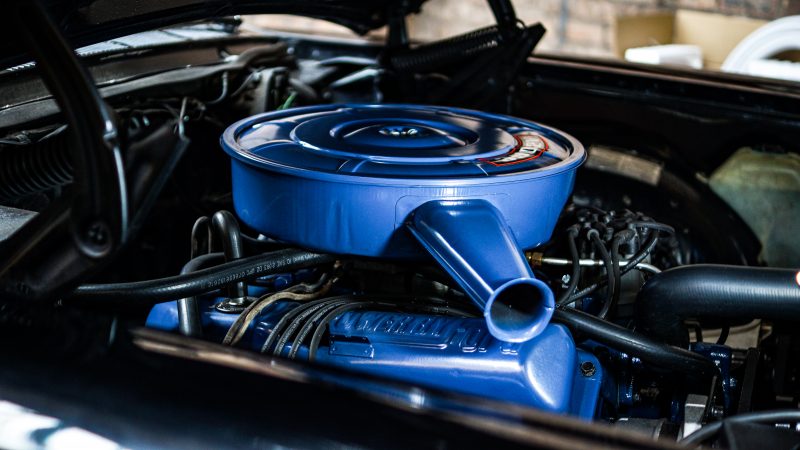
1) Rover P5B
The B in the name Rover P5B stands for Buick, which is a nod to the origins of the 3.5 litre V8 you’ll find under the bonnet. The car was hugely important in the development and popularity of the V8 on British soil. From its Rover beginnings, it would go on to power the P6, the SD1, numerous TVRs, the Ranger Rover, the Land Rover and many more.
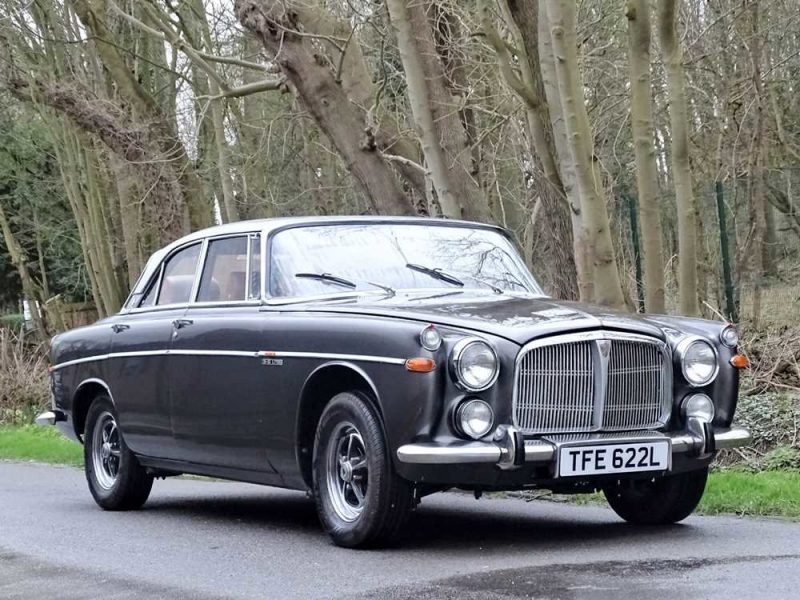
Starting life as the Buick 215, it was an incredibly advanced engine. It’s all-aluminium construction made it light (lighter than most four-cylinder engines of the time in fact) and it was also powerful, with Buick able to extract 200bhp from it without too much drama. However, for American use, the engine was simply too small. It was also deemed expensive to produce, and it was plagued with cooling issues brought about by coolant causing corrosion. As such, Buick sold the tooling and design to Rover in 1965. Rover sorted the cooling issues and overcame the build cost by fitting it to only its most executive cars. And the rest, as they say, is history. The P5B is where it all started though, and that’s why it’s number one on our list.
2) Porsche 928
Porsche had high hopes for the 928 of the late 1970s. It wasn’t just going to be a new model, it was going to be THE model. Yes, Porsche was planning to replace the 911 with the 928. In reality though, Porsche had no idea how passionate people were about its rear-engined, air-cooled offering. Porsche executives thought the 911 was nearing the end of its life, and as such, pressure was put on Ferdinand to develop a new car more befitting of the time. The answer, Porsche thought, was the 928. A long, low coupe that boasted a more traditional layout, what with the 4.5 V8 engine being up front. Though, Porsche couldn’t resist the urge to put mechanical stuff at the back, so the 928 was fitted with a transaxle.
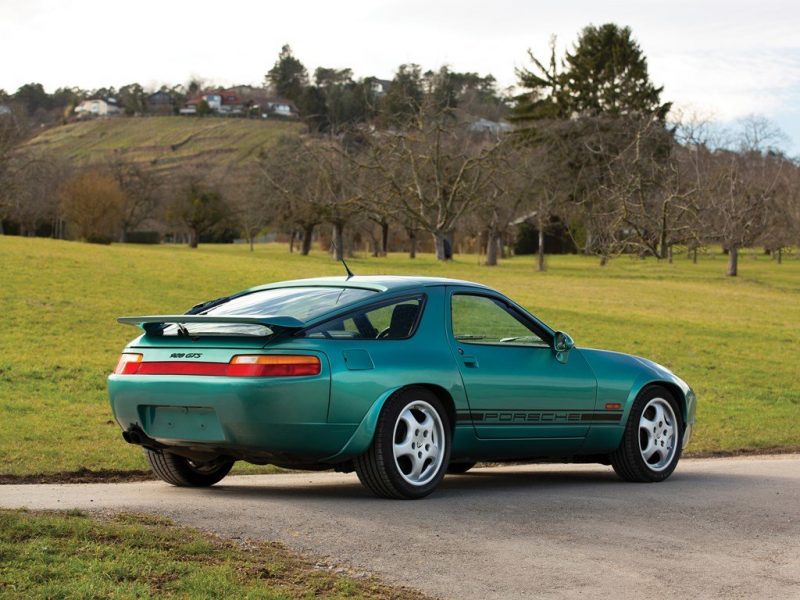
The 928 was an excellent car. It offered a brilliant drive, the V8, which grew to 5.4 litres over the years was a powerful, responsive beast. The car as a whole was more luxurious and premium than the 911, and it was more practical. It should have been a winner, but it wasn’t. 911 demand simply never subsided, which led to Porsche’s continued production of the model. The 928, however, was not a lost cause. It found favour with many buyers, and represented a time of much needed diversification for the company along with the 924 and 944. Plus, it was – and this is why it’s an icon – the first Porsche to feature a V8.
3) Tatra 603
The Tatra brand isn’t one we’re overly familiar with in the UK. However, over in Czechoslovakia it’s a different matter. Tatra builds cars, trucks and even planes. It’s been in operation since 1850, and it started with its vehicle building in 1897. It is best-known for its large, incredibly capable military trucks. Sometimes with eight-wheel drive to ensure true ‘go anywhere’ ability. However, as we mentioned, Tatra also makes cars, and one of the most iconic of the brand is the mighty 603. Introduced in the mid-1950s, it was a strange, spaceship-looking machine. Its friendly, curvy design gives it a wonderfully approachable and pleasing aesthetic, despite it almost always being painted in a very serious shade of black.
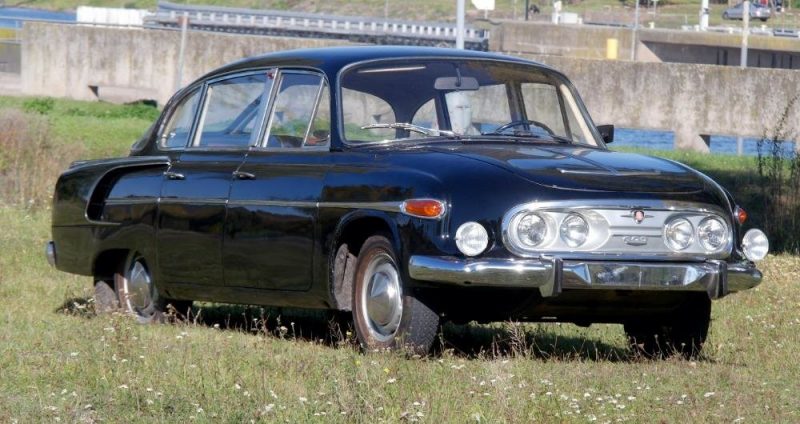
Why, though, is the 603 on our list of V8 icons? Well, because it had a V8 of course, but not any old V8. No, the Tatra 603 was powered by a 2,545cc air-cooled engine. If that’s not bonkers enough, it’s worth noting the engine boasted hemispherical combustion chambers (much like, say, a Plymouth Hemi Cuda) and it was mounted in the back of the car. It was, and still is, a mad machine. However, the engine is regarded as being incredibly reliable, with many old 603s still in use. And furthermore, the 603 serves as a further demonstration of just how versatile the V8 can be. Air-cooled. Who would have thought it?
4) Ford Model 18
The Ford Model 18 was not the first car to be fitted with a V8 engine. In fact, by the time it was released in 1932, many other cars were fitted with a V8. However, what makes the Model 18 special is the fact that it was the first model from Ford to be fitted with its now legendary flathead V8. The engine and car combination marked the arrival of the affordable V8, with the Model 18 aimed squarely at the emerging mass-market consumer. Many would argue that it was this car that truly put the V8 on the map.
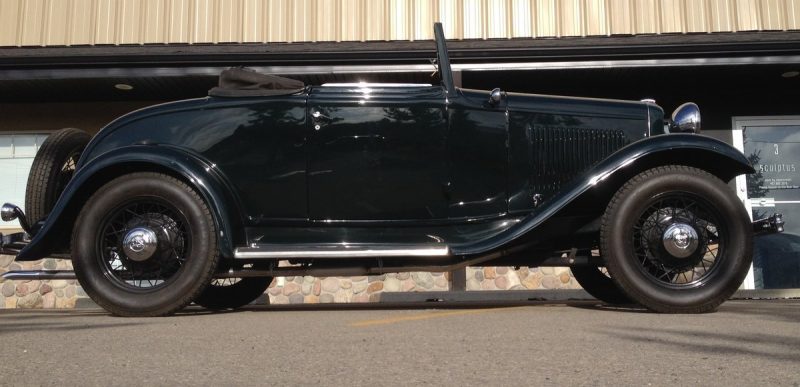
In reality, the flathead V8 wasn’t a great engine, at least not in stock guise. It was clever in that the cam was above the crank, and the smaller cylinder heads made it a compact unit. However, because hot exhaust gases had to pass through the ‘V’ between the banks, it was prone to overheating and would often crack the block. The saving grace came from hot rodders, who saw the unrealised potential in the engine and built an industry around improving and modifying it. You could say that the flathead was at the heart of hot rodding culture.
5) Ferrari Dino V8
No, not the Ferrari Dino car. The name Dino is also related to a series of V6 and V8 engines produced by Ferrari. The V8 version would, in various guises, have a lifespan of some forty years. Its first outing was in the 1973 Ferrari GT4 and 1975 GTB ‘308’ models. In these cars, it ran a capacity of 2.9 litres (2,927cc) and featured a double overhead cam, two-valve design. It was a highly-strung, fast revving, little engine, perfect for those lightweight cars of the period.
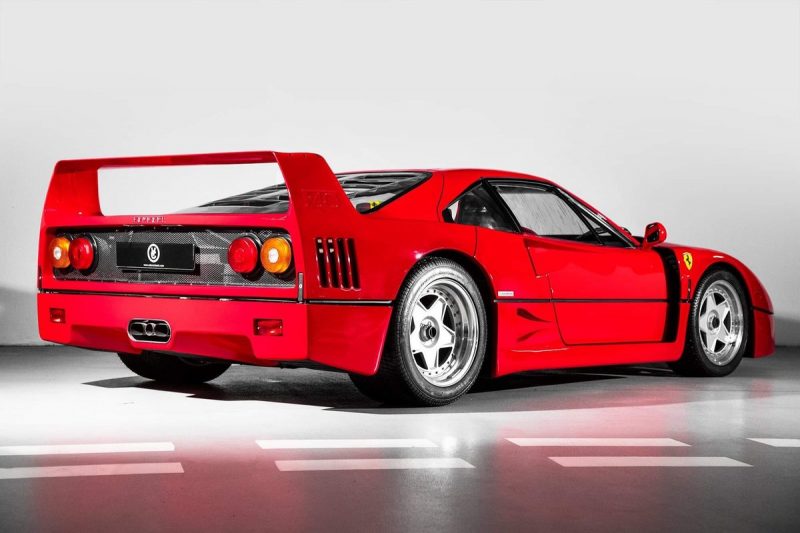
Over the following years, the Dino engine would grow and develop. It gained fuel injection in 1980, it shifted from two valves per cylinder to four in 1980, bringing power up to over 240bhp in the process. It would then be offered in 2.0 guise for cars like the 208, before being offered in turbocharged guise (back at 2.9-litres) in 1982. It grew in capacity again to 2,855cc and was fitted with twin turbochargers – this would be the engine for the 288GTO. It would go on to power the F40, the 348, the F355 and the F360, by which time it had grown to 3.6-litres. It was retired in 2004, but what a worthy retirement. One engine, but oh so many motoring legends.

